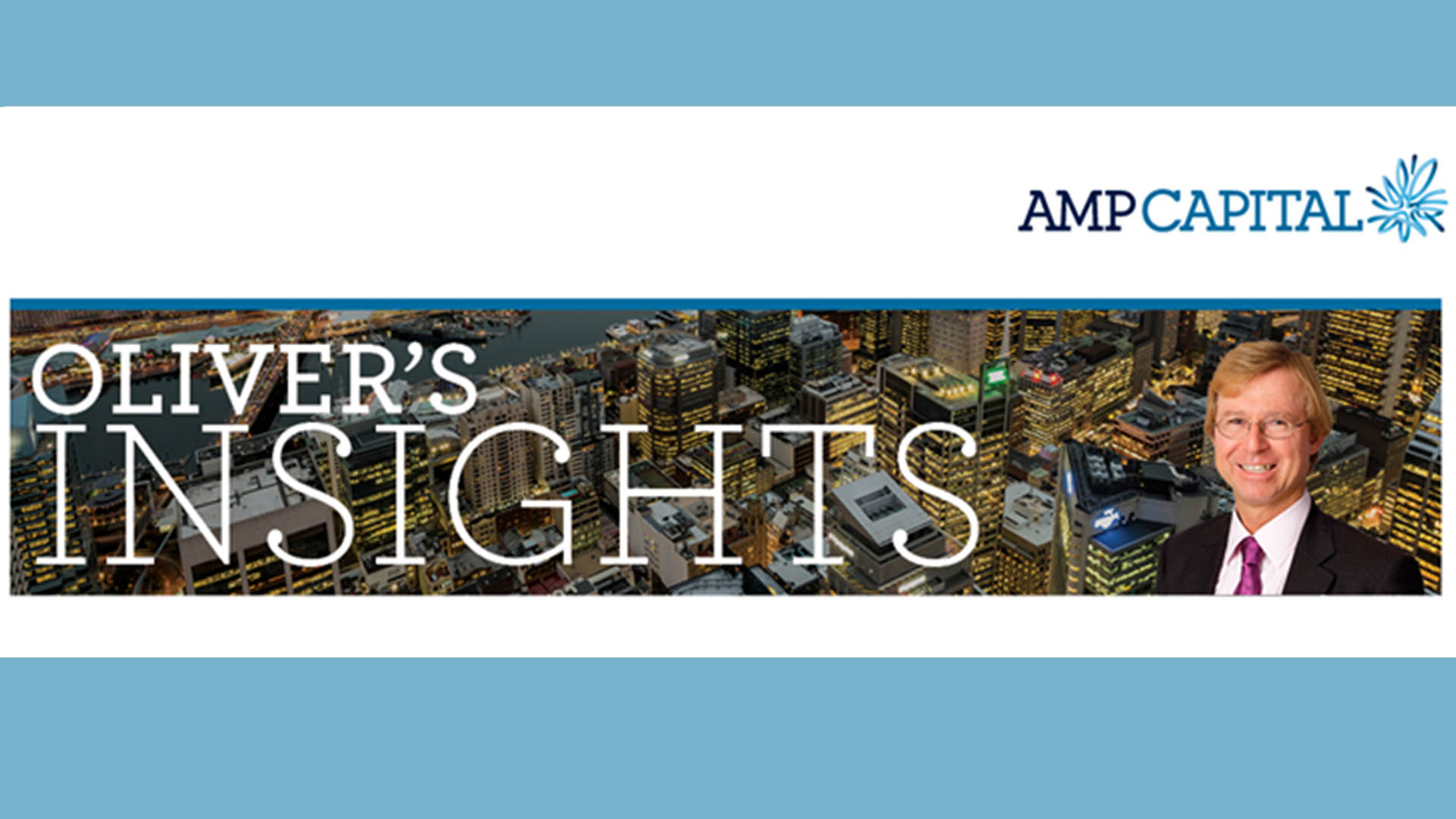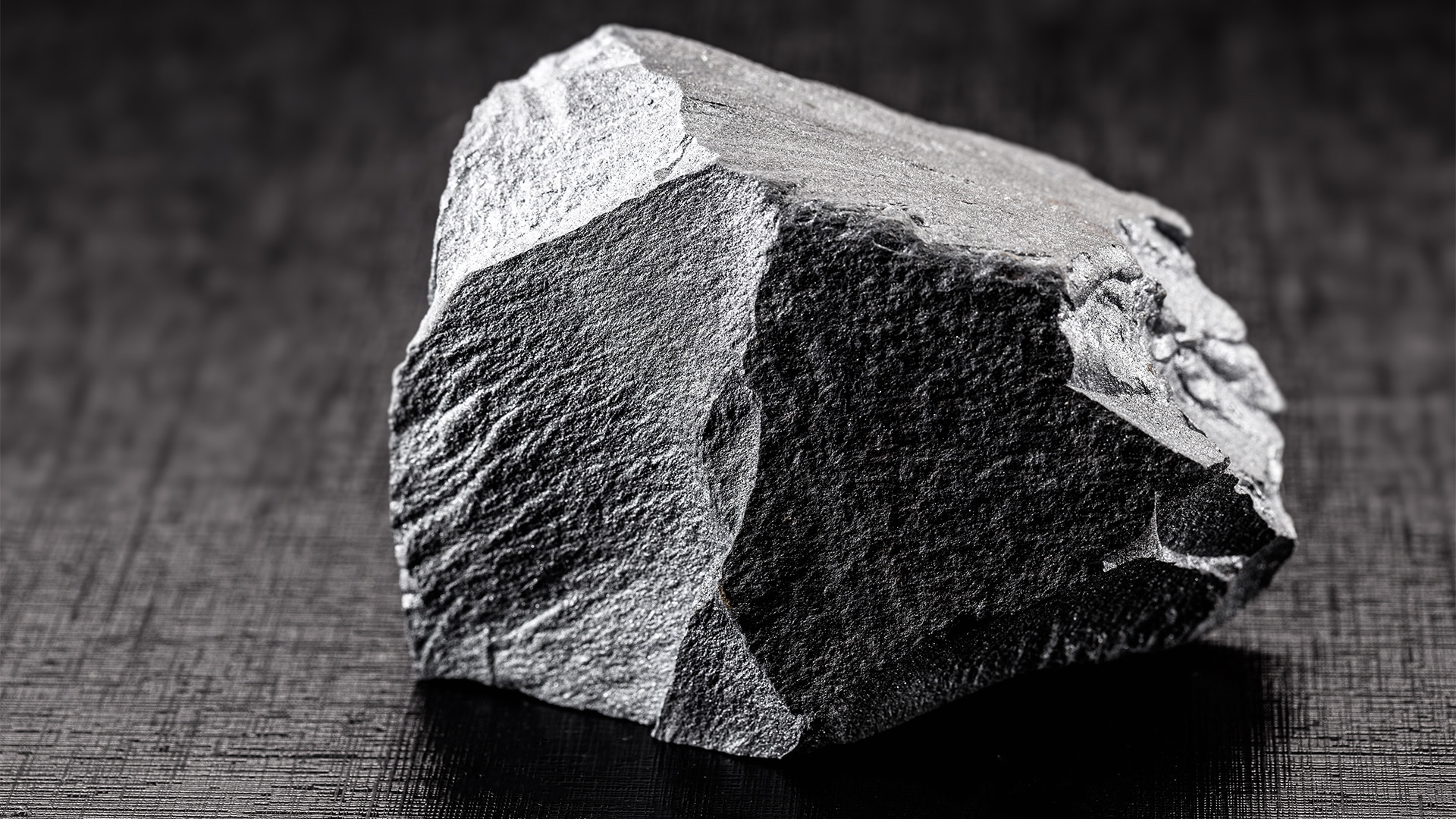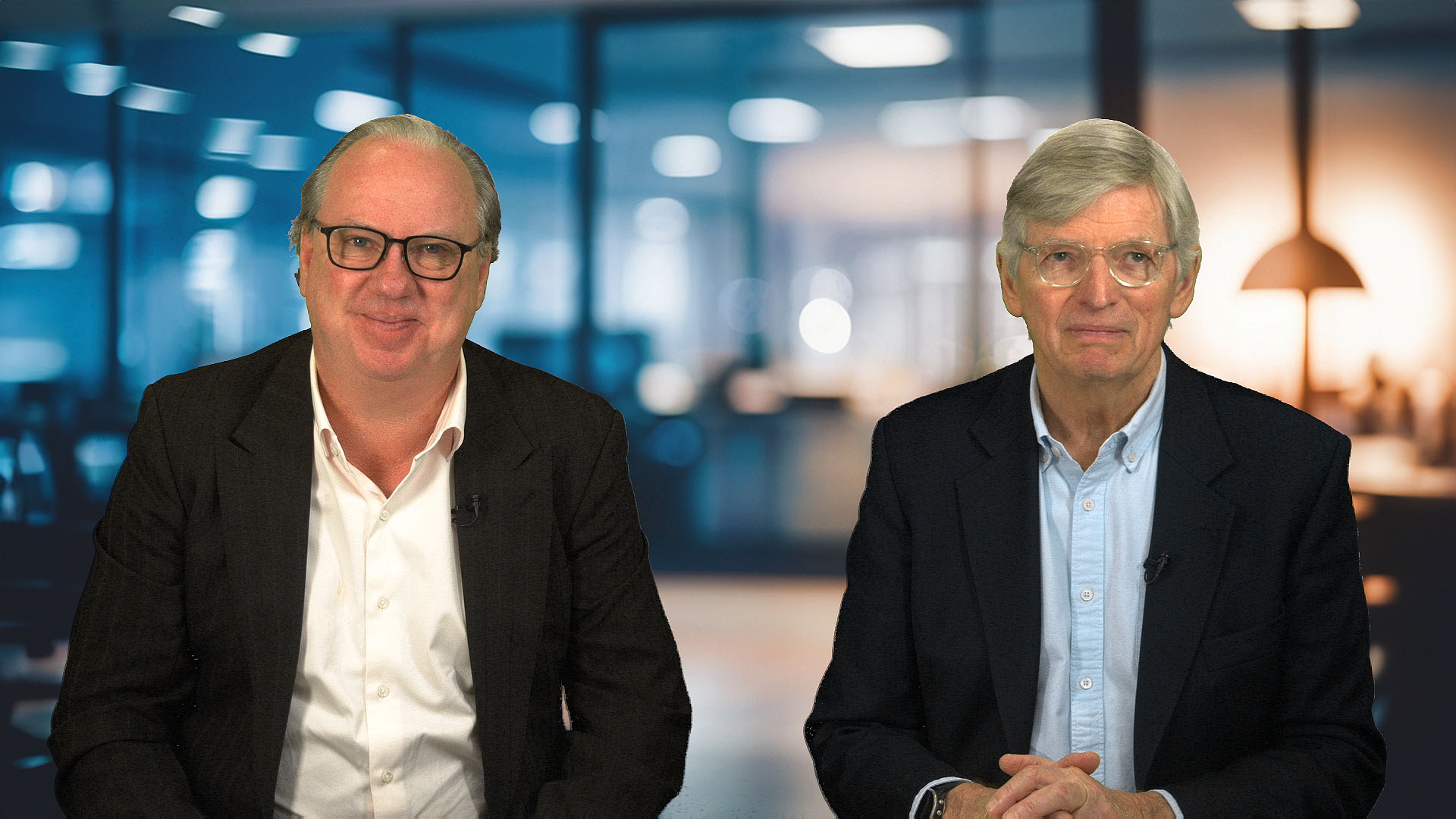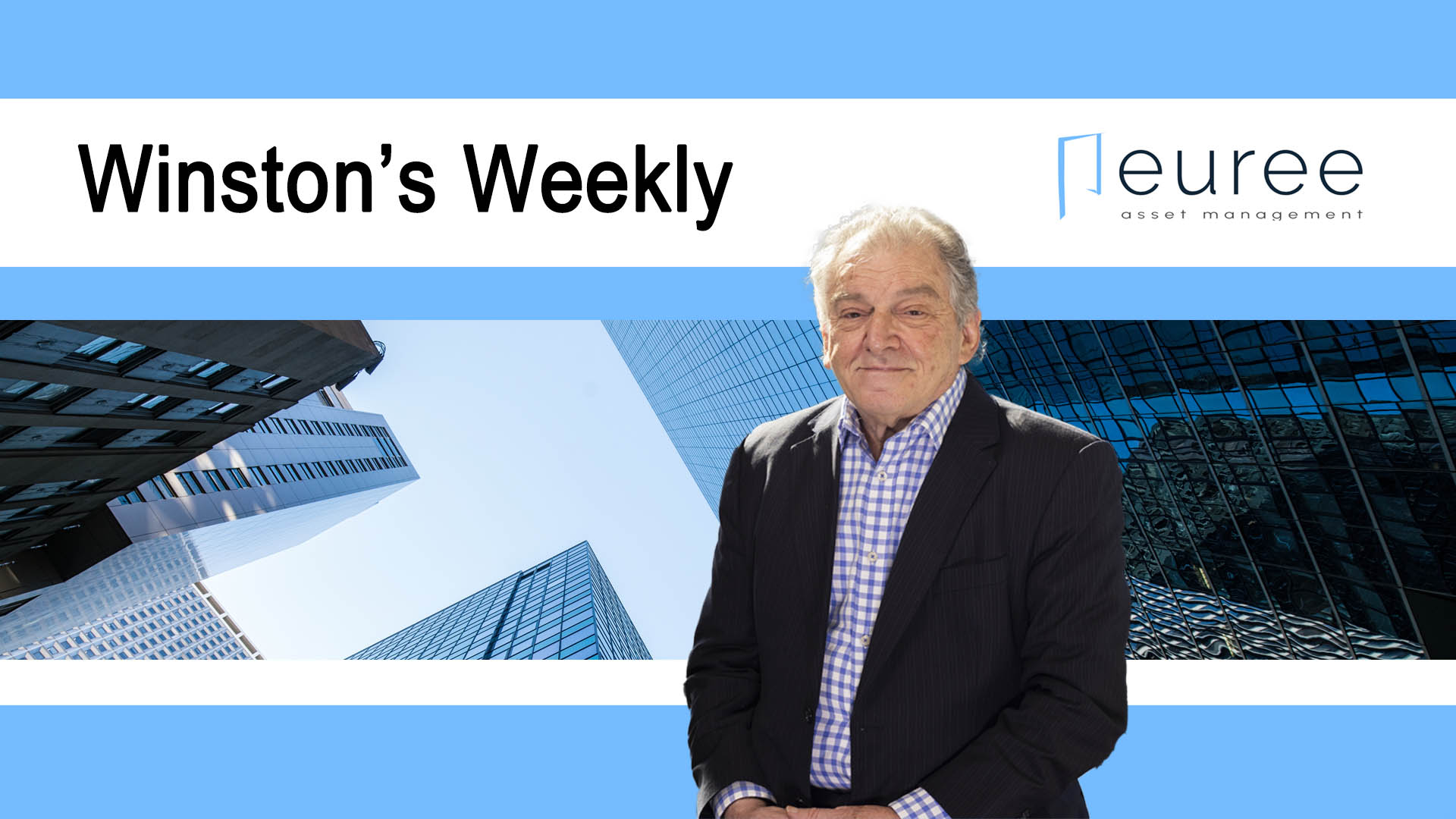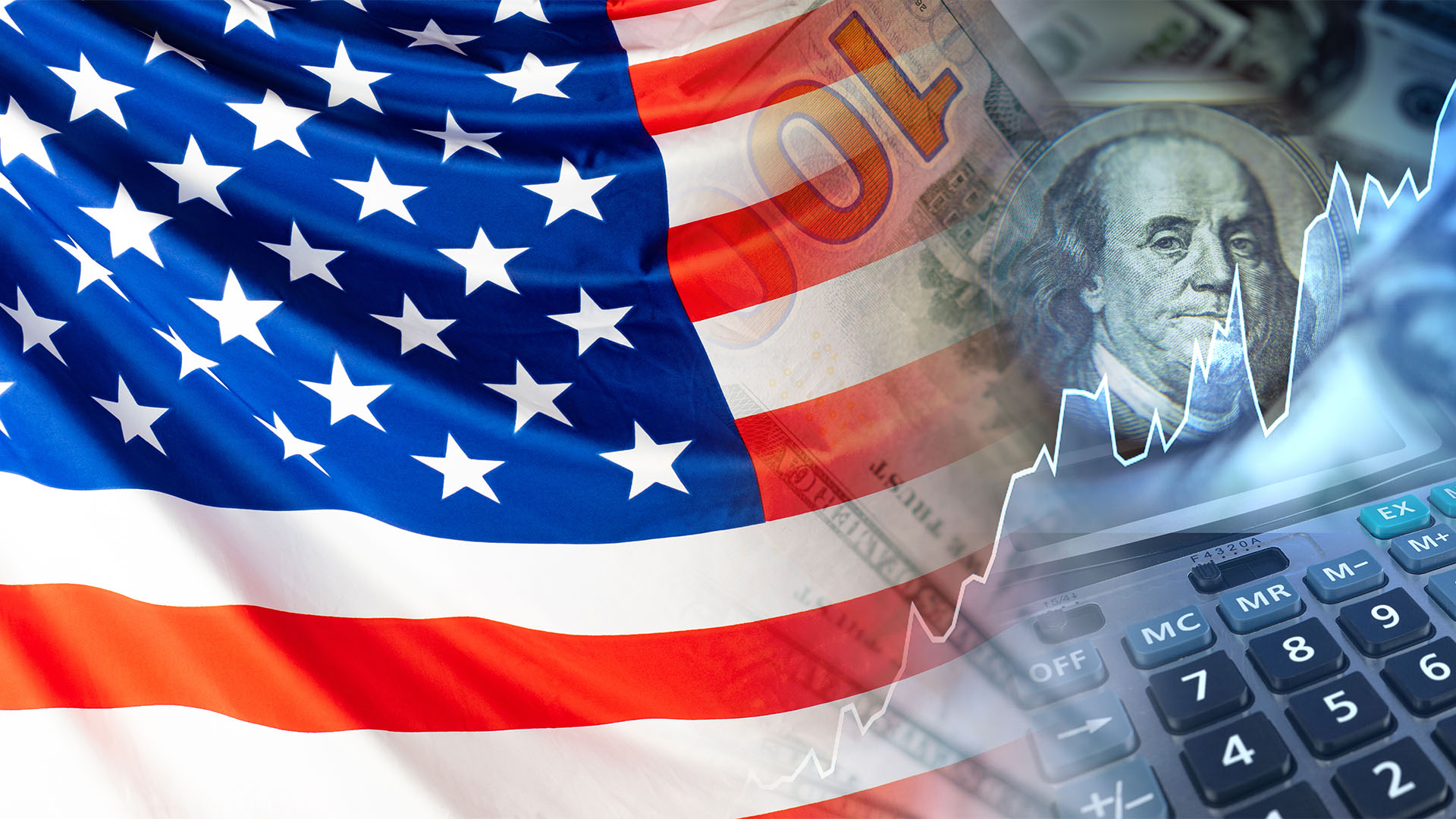Was it April’s second monthly lift in house prices that ‘did it Guv,’ as Analysts and investors looked for someone to blame for the Reserve Bank’s surprise 0.25% rate rise on Tuesday – which happened in the face of the 100% belief that the central bank would sit on rates for a second month in a row.
It certainly shook the place up the ASX 200 fell 1.1% to 7,267.4 after touching a day’s low of 7,252 while the Aussie dollar was up more than 1% as climbed back over 67 US cents in early European trading last night.
The surprise decision took the cash rate to 3.85% and chastened economists are now predicting a rate rise next month to take the rate to 4.10% – which was their target for the peak a few months ago.
A couple of economists had privately wondered Tuesday if a 0.25% rise might happen after house prices were shown to have risen a sharp 0.7% in April after March’s sharp 0.8% rise amid calls the slide of the past 11 months had ended and prices would continue to rise.
The clear view in the post meeting statement was that RBA and governor Philip Lowe see inflation as being still too high.
The Consumer Price Inflation data – both headline and on a core basis – showed a ’stickiness’ in that we didn’t see a bigger fall in the three months to March – at 7% the CPI is still too high for the RBA’s comfort and at 6.2% to 6.4% the core readings were also too high.
“Inflation in Australia has passed its peak, but at 7 per cent is still too high and it will be some time yet before it is back in the target range. Given the importance of returning inflation to target within a reasonable timeframe, the Board judged that a further increase in interest rates was warranted today,” Governor Philip Lowe said in his post meeting statement on Tuesday.
Reserve Bank Governor Philip Lowe added; “high inflation makes life difficult for people and damages the functioning of the economy,” he said.
The statement ignored the larger fall in the monthly indicator (which is not fully comparable to the quarterly CPI), which dropped from 8.4% in December to 6.3% in March.
The labour market remains very firm – much more so than its US counterpart and the latest forecasts for the economy – to be released in the second Statement on monetary Policy for the year on Friday were not much changed from February.
Inflation is still forecast not to return to 3% – the top of the central bank’s 2% to 3% range until mid 2025 and unemployment is still forecast to drift up to 4.4% (down slightly from the February forecast of 4.5%).
Economic growth is forecast to now slide to 1.25% this year against the previous estimate of 1.6% and then remain around 2% (sub-par) through to mid 2025.
Tomorrow (Thursday) it’s the US Fed with its expected 0.25% increase, then the ECB on Thursday night with a rate rise – also tipped to be 0.25%, and the Bank of Japan on Friday which will again do nothing.
“Given the importance of returning inflation to target within a reasonable timeframe, the Board judged that a further increase in interest rates was warranted today,” Dr Lowe said.
He said a pause in rates last month allowed central bankers to get more data on how inflation and jobs were developing in early 2023.
“The Board held interest rates steady last month to provide additional time to assess the state of the economy and the outlook,” he said.
“While the recent data showed a welcome decline in inflation, the central forecast remains that it takes a couple of years before inflation returns to the top of the target range.
Dr Lowe was due to deliver a speech to an RBA board dinner in Perth on Tuesday night, where he’ll provide an update on the decision and the Statement on Monetary Policy ahead of its release on Friday.
…………
But there are a couple of unstated reasons for the rate rise that do not appear in the statement.
House prices and inflation aside, a more logical one is the fear the RBA has of being trampled by the ‘elephant’ of central banks – the US Federal Reserve which is widely expected to lift interest rates tomorrow (Thursday, am Sydney time), followed by the European Central Bank late Thursday night.
A rate rise by the Fed and no increase from the RBA would have put the Australian central bank 0.50% behind its US counterpart, which would have pushed the dollar lower and provided an unwanted boost to inflation, especially on the cost of key energy imports such as petrol and diesel.
The Fed’s monetary policy moves still dominate world markets, no matter the rubbish that is being written about ‘de-dollarisation’.
Now the RBA has anticipated the Fed (and if the Fed doesn’t move they are back in lockstep). But there was also another reason – the get the central bank’s point of view across to the federal government and Treasurer Jim Chalmers ahead of the budget next Tuesday night.
The unexpected rate rise will cause a lot of last minute number re-crunching in Treasury and Finance and underlined that the central bank under governor Lowe takes an independent view, regardless of any very political reviews aimed at chipping away at the influence and independence of the bank and its board.





